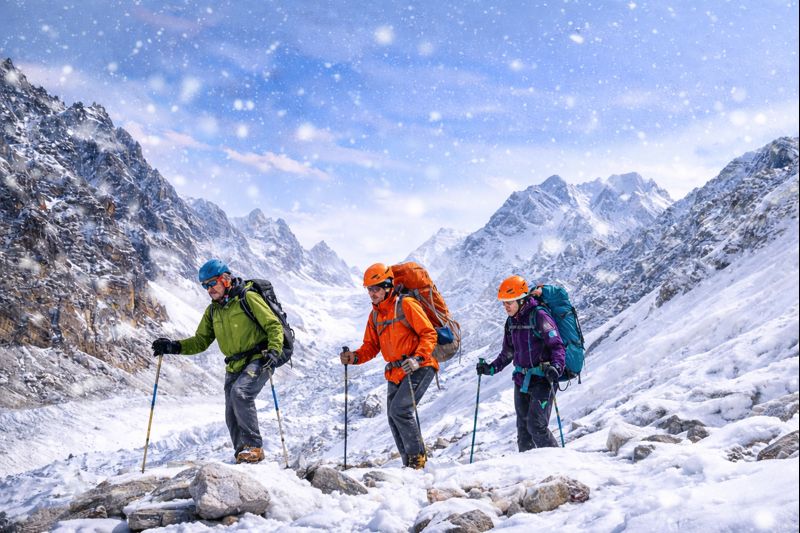
Top Ten Offbeat Treks In Uttarakhand Himachal :
Trekking has become immensely popular activity in the recent years, and alongside many treks that were once considered remote, are now way too commerical. Here we bring you alternatives to these popular Uttarakhand Treks
Why should you choose an offbeat trek?
Let’s admit it, many of us who go for a trek are willing to explore the untouched wilderness and find solitude from the rush that our cities now a days present before us. However imagine this, you plan your favorite trek and set out to explore, only to find a few hundered if not more than a thousand trekkers (yes that happens on popular treks) on the route.
Choosing a less popular trek offers you that solitude you seek, and untouched landscape that gets as photogenic as it can, with the chance to spot numerous wild species of Flora and Fauna (with caution as to not leave any trace behind). Furthermore it gives you a tale to talk about, I remember one of my professors guiding me to Ruinsara Lake in 2014, a trek that he had explored in 1980’s, almost 30 years ago. I can only imagine how different that experience would have been. Exploring the Ruinsara Lake in 2014 was an amazing experience in itself as there was barely a trail present across most sections, wild flowers in abundance, not a mark of any humans nearby and we were able to spot a Himalayan Black Bear on the way.
Our top offbeat treks In Uttarakhand and Himachal, against their popular counterparts or neighboring treks
1. Trek To Phulara Ridge Over Kedarkantha

Phulara ridge is a trek that has started getting the attention of trekkers only recently, especially since India Hikes introduced it to their wider trekkers community. The ridge runs all the way from the Kedarkantha peak in the west to Pushtar meadows in the east direction, and offers panoramic views from uptop on either sides. It is a unique trek for such trekkable ridges are very few in the Himalayas, especially not as long as this one. While the Kedarkantha trek can see many hundered trekkers on any given day during the peak season, Phulara Ridge has scarce number of trekkers attempting the beautiful trek. With same duration of 6 days from Dehradun, the trek is further a better choice as we start from Sankri and end the trek at Taluka, without repeating any section of the trek, unlike Kedarkantha where we return back to Sankri from the same route. This gives us a new view on every single day, similar to a pass.
2. Trek To Pin Bhaba Pass Instead Of Rupin Pass

It is undeniably true that Rupin Pass is one of the most beautiful treks in not just Uttarakhand but the entire Indian Himalayas, with breathtaking meadows lined with rhododendrons, bhojptra and pine forests, raging streams and rivers and a campsite surrounded by an arc of tall cliffs with waterfalls cascading from the top. The landscape is outwordly or rather heavenly, with the thrill of a steep ascent to the pass followed by a descent to the magical Kinnaur, the semi arid landscape and meadows as far as the eyes can see.
The beauty is difficult to match, but Pin Bhaba has quite the tricks up its sleeves. Whereas the Rupin pass ends in Kinnaur at Sangla, the Pin Bhaba pass starts in Kinnaur and end in Spiti. The concrete clad village of Kafnu, marked by its hydel power plants is very quickly left behind for the remotest of the landscapes, with meadows comparable to the might of Kashmir and alpine delta seen rarely on any treks. The real charm of the trek however lies in the magical land of Spiti once we cross the pass and the ever changing hues leave the trekkers in awe and fascination, with Yaks grazing the pasture lands. A true nomads land.
3. Trek To Fachu Kandi Pass Rather Than Hampta Pass Or Sar Pass
Hampta Pass is a famous trekking route, known for its changing landscape and dramatic conclusion in the landscape of Lahaul at Chatru Dhaba. Albeit the commericalization of the route has rendered the trek less attaractive to those seeking remoteness. Fachu Kandi is rarely heard about, a trek that connects to the popular Sankri village to Yamunotri valley at Hanuman Chatti. The major attraction? The trek goes through Phulara ridge, we camp at Pusthara Meadows, we camp at an alpine tarn (lake) situated above 4,100 meters, i.e. Saru Tal and crossover the pass which is very similar to the altitude of Hampta Pass or Sar Pass. The chances of running into other trekkers is bare minimal, as even the locals no longer use this route to travel to the neighboring valley.
4. Trek To Dev Kyara Over Har Ki Dun Valley

Dev Kyara was explored by prominent Indian mountaineer Harish Kapadia, attempting Ranglana Peak, and exploring other high rise mountain tops in this region. Running parallel to the Har Ki Dun valley, Dev Kyara meadows are very lush and beautiful with the Obra Gad ferociously flowing downwards and eventually into Tons. There is even a remote pass that connects it to the Har Ki Dun valley. On the trek to Dev Kyara you will be surpised at the sight of not just a few but over 20 Waterfalls along the way and massive valley views, unlike the smaller counterpart at Har Ki Dun.
5. Trek To Baralacha La And Skip Buran Ghati
A trek that begins from a Pass and ends at a Pass, it may sound confusing at first but the Baralacha La which is a delight and challenge for motorists plying to Ladakh from Manali, can be trekked from Kunzum La, another challenging pass on the motor route to Spiti. From Kunzum La we descend to Chandra Tal or the moon lake, traversing the remote high altitude region, consecutively reaching Baralacha La. The trek is of 4 days albeit the high altitude of Chandra Tal and Kunzum La require an acclimatization stay at Chattru. This is a very remote trekking route and one should trek carefully along this route as it has a few river crossings on the way.
6. Trek To Satopanth Lake Instead Of Gaumukh Tapovan

Satopanth lake, with its emerald colored water, is known for both its religious significance and beauty. According to a Hindu belief, the three Gods Brahma, Vishnu and Mahesh bathe in this lake. Another legend says that some mysterious birds clean away any dirt which falls in it. The Swargarohini glacier is visible from here too.
Myths apart, the lake is at close proximity to the peaks of Chaukhamba, Nilkantha and Balakun. From the remote village of Mana, the lake lies at a trekking distance of around 22 km. Satopanth lake is in the middle of glacial moraines comprising boulders. Some grassy patches surround the lake from late summer to early autumn.
7. Explore Ali And Bedni Bugyal Rather Than Dayara Bugyal
Roopkund has been perhaps the most popular trek of all time, but the ban by Judicial system has made it impossible to trek to Roopkund anymore, without breaking the laws. This is decreased the footfall of trekkers considerably in the region. However people can still trek to the immense and beautiful meadows of Ali and Bedni, which are a great alternate to Dayara Bugyal.
8. Go to Pangarchulla And Not Just Kuari Pass

Kuari Pass is a very popular trek, and perhaps the only prominent Mountain Pass that can be trekked in winters. The real charm of the Trek however, can be increased manifold if you decide to scale up the Pangarchulla Peak, which is rarely attempted by trekkers visiting Kuari Pass. It will add a days trek to the itinerary and for the seasoned trekkers it can be done in the same number of days, as Kuari Pass. The views are amazing from up top the Pangarchulla peak rising to 4,570 meters, higher than many passes.
9. Skip Nagtibba And Trek To Devban (or Deoban)

Nag Tibba is a popular weekend getaway for the residents of north Indian states. A ridge peak ahead of Mussoorie, it offers panoramic 360 degree views, but on the contrary it can be crowded, especially on weekends. Deoban is a trek restricted to Indians only due to a militarily sensitive zone, with protected pine forests and grasslands. Starting from Chakrata the trek can be done in 2 Days from Dehradun. The beautiful Tiger falls can be visited as well.
10. Plan Trekking Expedition To Dhumdhar Kandi Pass Instead Of Audens’ Col
With almost same altitude a few meters short of 5,500 meters, either of these two treks are not well known among beginner trekkers. However the seasoned trekker sure has Audens col on his/her bucket list. Audens Col is a very challenging pass connecting the Rudragira and Bhilangna valleys. Similarly Dhumdhar Kandi Connects the Ruinsara valley to Gangotri Valley. Both the passes require traversing glaciers replete with crevasses. While there are many teams attempting Audens col every season, the same cannot be said about Dhumdhar Kandi, with a team crossing the pass in a few years. The pass shares its base camp with Kala Nag (6,387 m) peaks’ base camp, with the peak being heighest in the region, it sure is an exciting journey.
About Author

Abhishek Sohu
I am an individual passionate about outdoors & adventure sports, with over 5 years of work experience related to Trekking. I have trekked extensively in the Uttarakhand Himalayas, alongwith Spiti, Ladakh, & Arunachal, covering many remote treks in the recent years. I aim to promote sustainable trekking practices in the Himalayas
Recent news
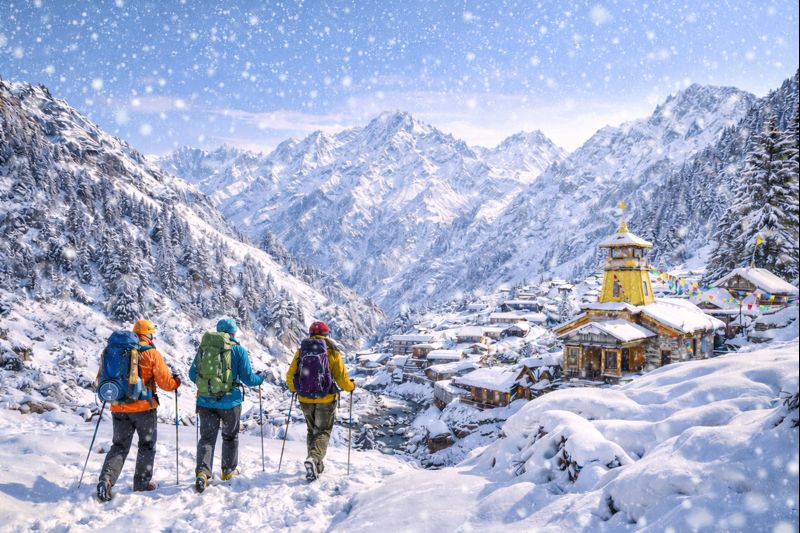
03 Jan 2026
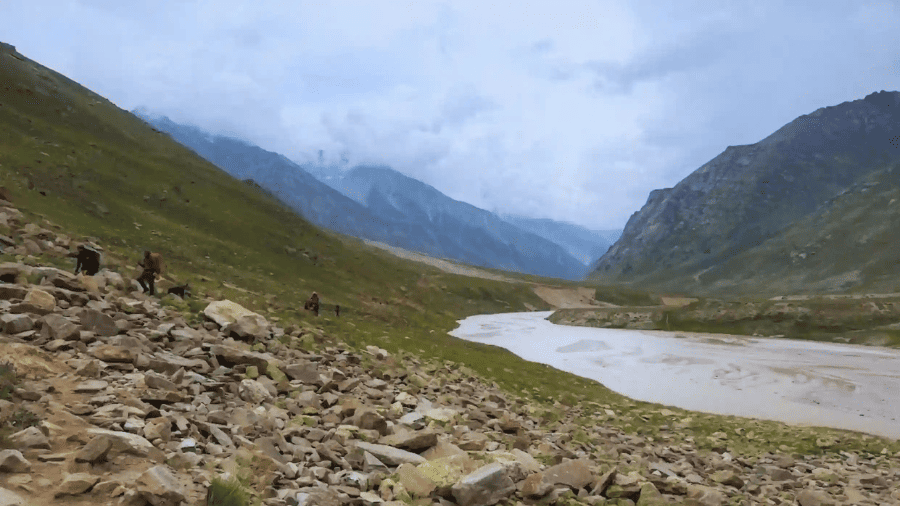
23 Dec 2025
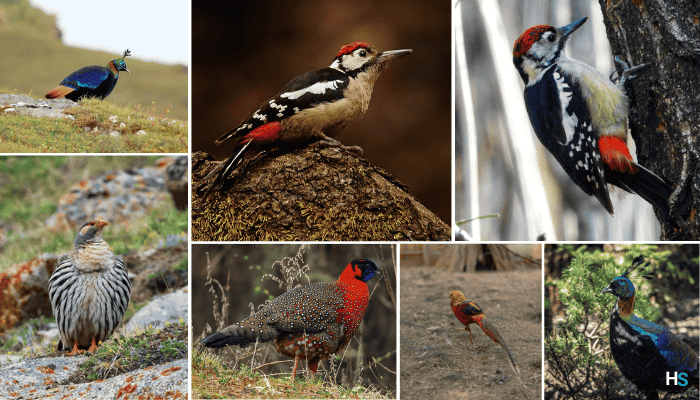
20 Dec 2025
Recommended Treks

Cost: ₹22000 | $251
Type: Moderate - Difficult
Best Time: May to June and September to November



Cost: ₹26500 | $302
Type: Moderate - Difficult
Best Time: May to June and September to October


Cost: ₹14000 | $161
Type: Easy - Moderate
Best Time: May to June | September to October


Cost: ₹9900 | $114
Type: Easy
Best Time: April to June and September to November
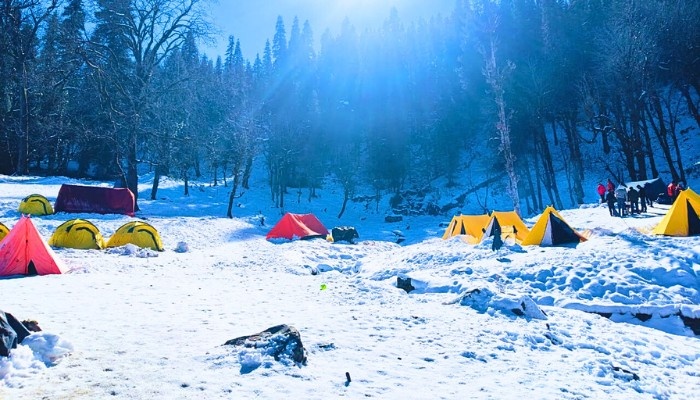

Cost: ₹11000 | $130
Type: Moderate
Best Time: May to June and September to November




